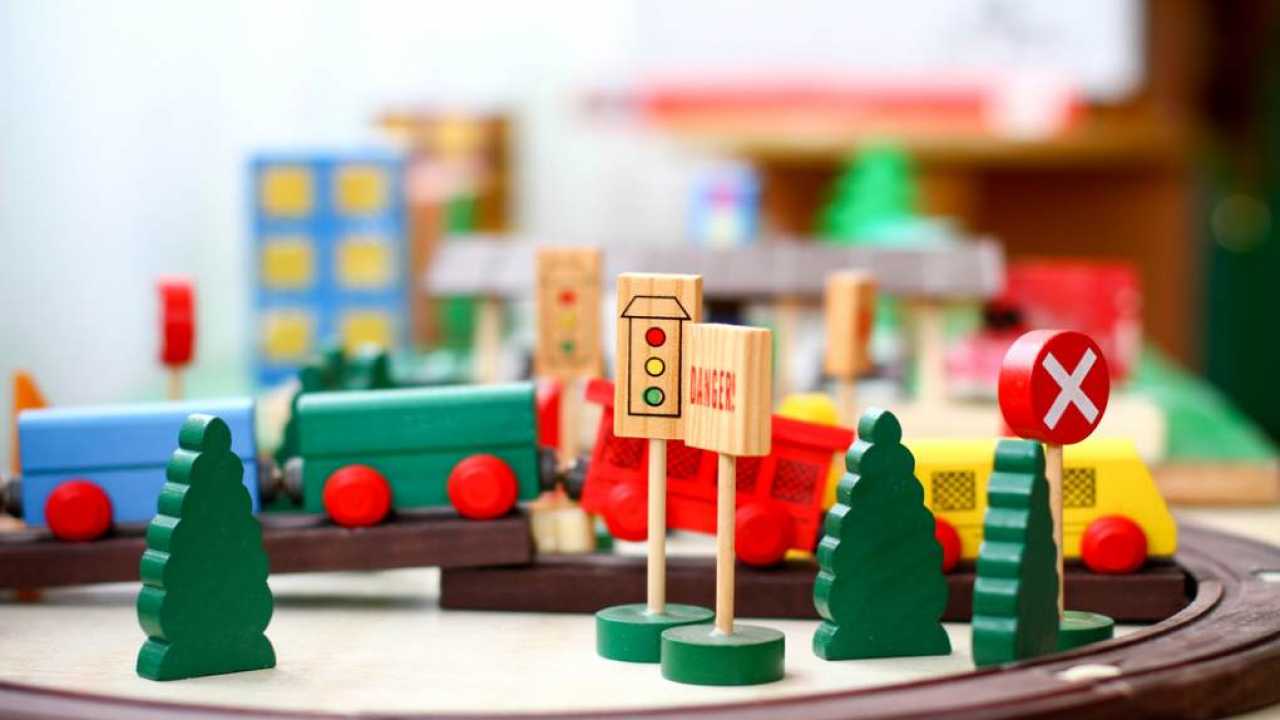


December 15, 2021
You of course want to choose a toy that’s fun and exciting. Seeing your child’s face light up as they open a gift may bring you just as much joy as it brings them. However, you shouldn’t sacrifice safety just because a toy looks cute or cool. It’s important to consider safety when looking for toys and gifts.
Here are a few tips for choosing safe toys and gifts!
1. Plush over pointy
Look at the design and the materials used to make toys. Toys made from hard materials with sharp edges, points, or spikes aren’t as safe as toys with rounded edges, or toys made from foam, plush, or fabric.
Small toys may present a choking hazard.
Pull toys with long strings, or other toys with long cables, ropes, or cords can be dangerous.
2. Be especially mindful with gifts for young children
It’s especially important to choose safe toys for young children. Younger children are more likely to put toys in their mouths and they may not know or recognize what is and what is not safe. Younger children are also less coordinated, which can cause toy-related injuries.
3. Be careful with antique toys
You can find all kinds of neat things at garage sales, antique malls, and flea markets, but be careful with old or antique toys. Some older toys may contain lead or toxic paints, or may not be approved by modern toy safety standards.
4. Remove wrappers and packaging
Remove extra tags, bags, ribbons, or any other packaging that may present a choking hazard for small children. Discard all unnecessary wrappers and packaging after opening gifts and toys.
5. Follow age recommendations
The age recommendations for toys aren’t always the same for every manufacturer. While the specific factors of these recommendations may vary, they do provide a good guideline for the ages that can use the toys safely and enjoyably.
6. Look for toys that are well made
A broken toy can expose screws, splinters, or jagged edges. Broken toys may also create small pieces that can present a choking hazard. Examine toys and gifts to make sure that they are made well and will not break easily.
7. Look for ASTM approved toys
The toys you purchase in a big box store – and even in most independent toy stores – should generally meet the toy safety standard. Of course, if you do your shopping with online vendors you may have to be extra diligent to ensure that toys and gifts meet ASTM standards.
8. Batteries should be hard to get to
It may be a pain for you whenever it’s time to change out batteries, but you’ll be thankful that it’s not easy for your child to get to the batteries, either. A swallowed battery can be a deadly. If your child swallows a battery, treat it as a medical emergency.
9. Safety gear makes a great gift, too
Gifts such as roller skates, skateboards, bicycles, scooters, and other riding toys are a lot of fun, but they’re not entirely safe. Riding toys are the leading cause of toy-related injury for children. Helmets, wrist guards, knee pads, and elbow pads, can help make sure that your child stays safe while having fun on riding toys.
10. Familiarize and supervise
Learn how toys and gifts work before buying them, or before giving them to your child.
Inspect toys to make sure that they aren’t broken, and that they won’t harm your child.
Show children how to safely play with toys, and keep a watchful eye over children while playing.
Taking these steps towards getting safe toys can help keep your children healthy and safe. Of course, accidents can still happen. Consider an acute care pediatric clinic for minor accidents and injuries. For medical emergencies, call 911.
